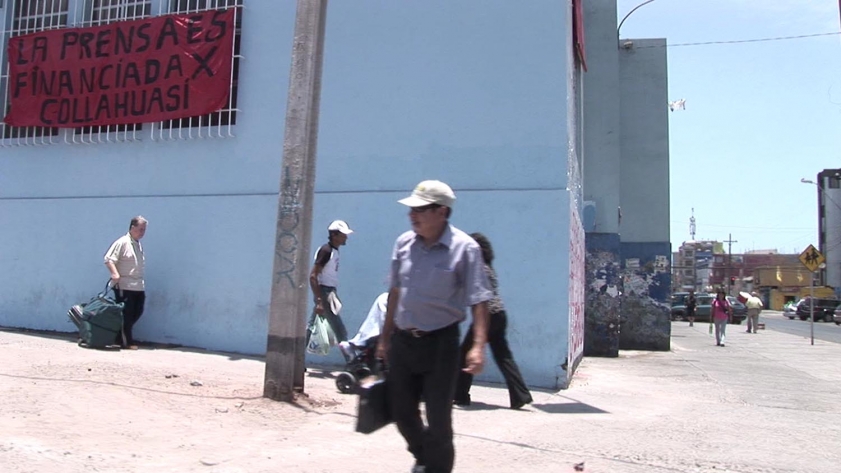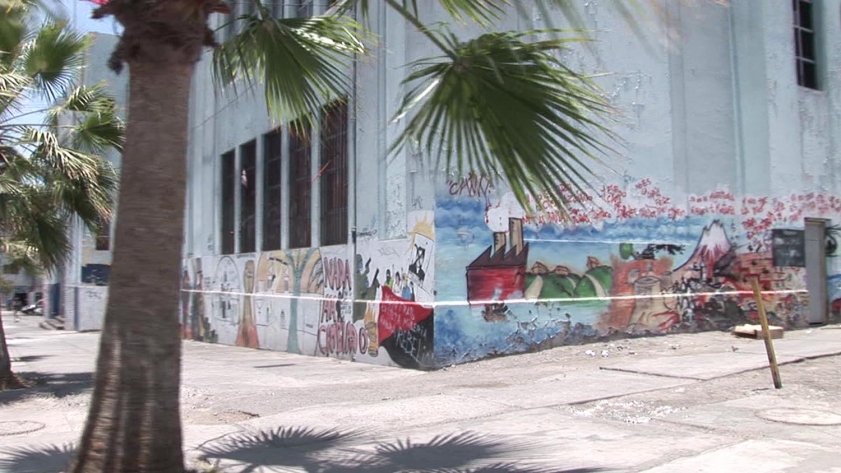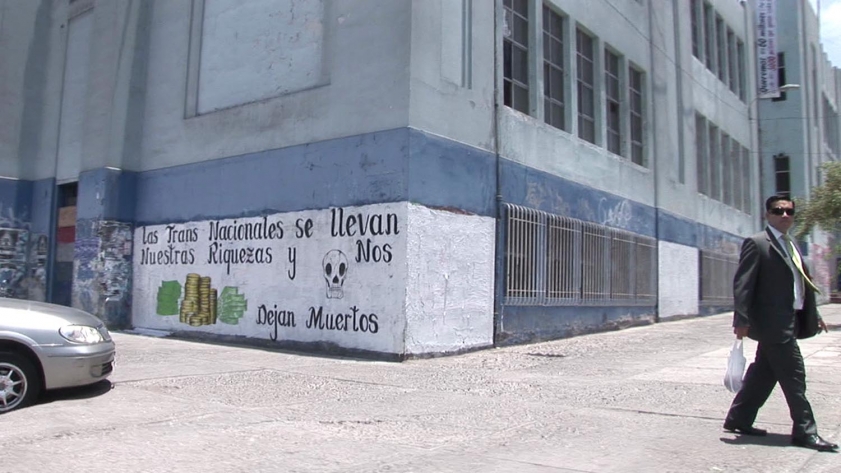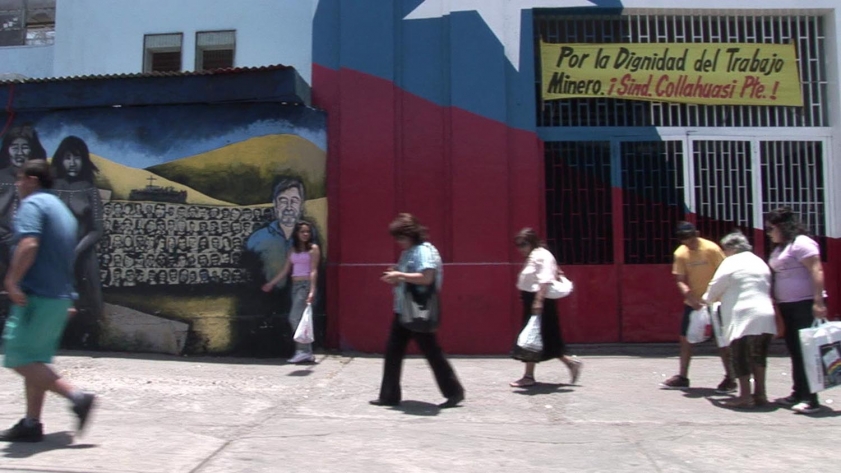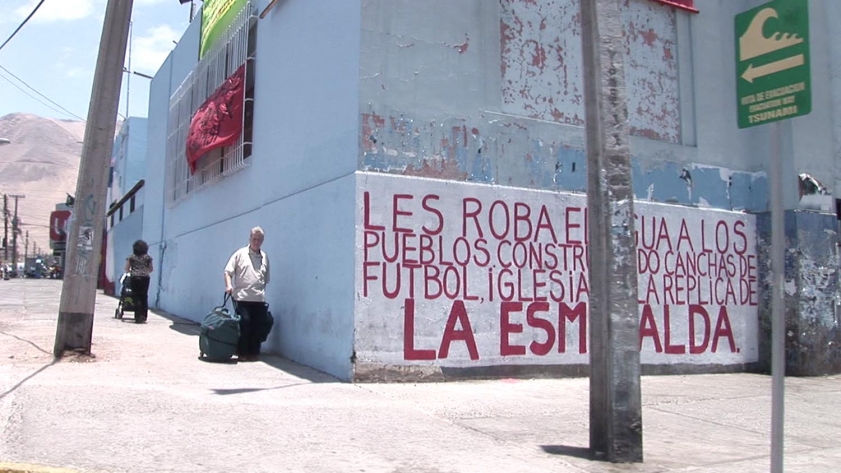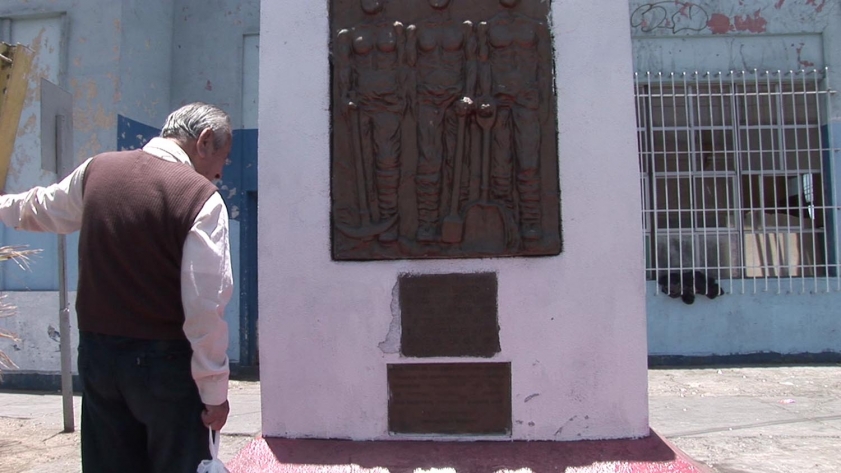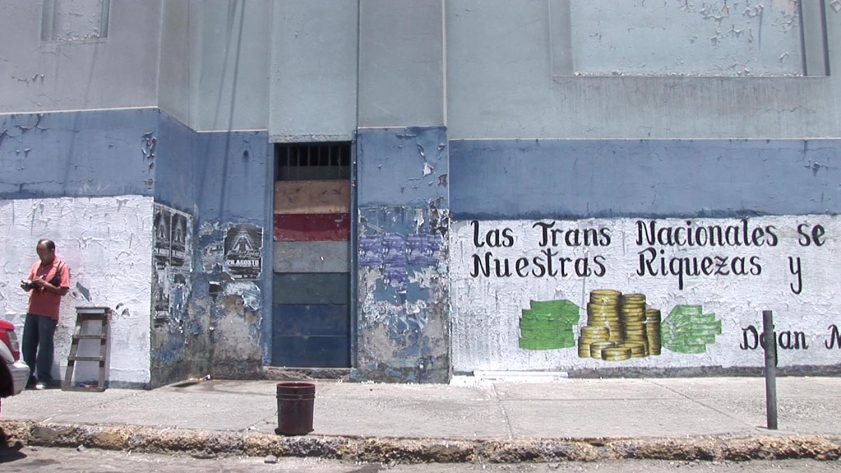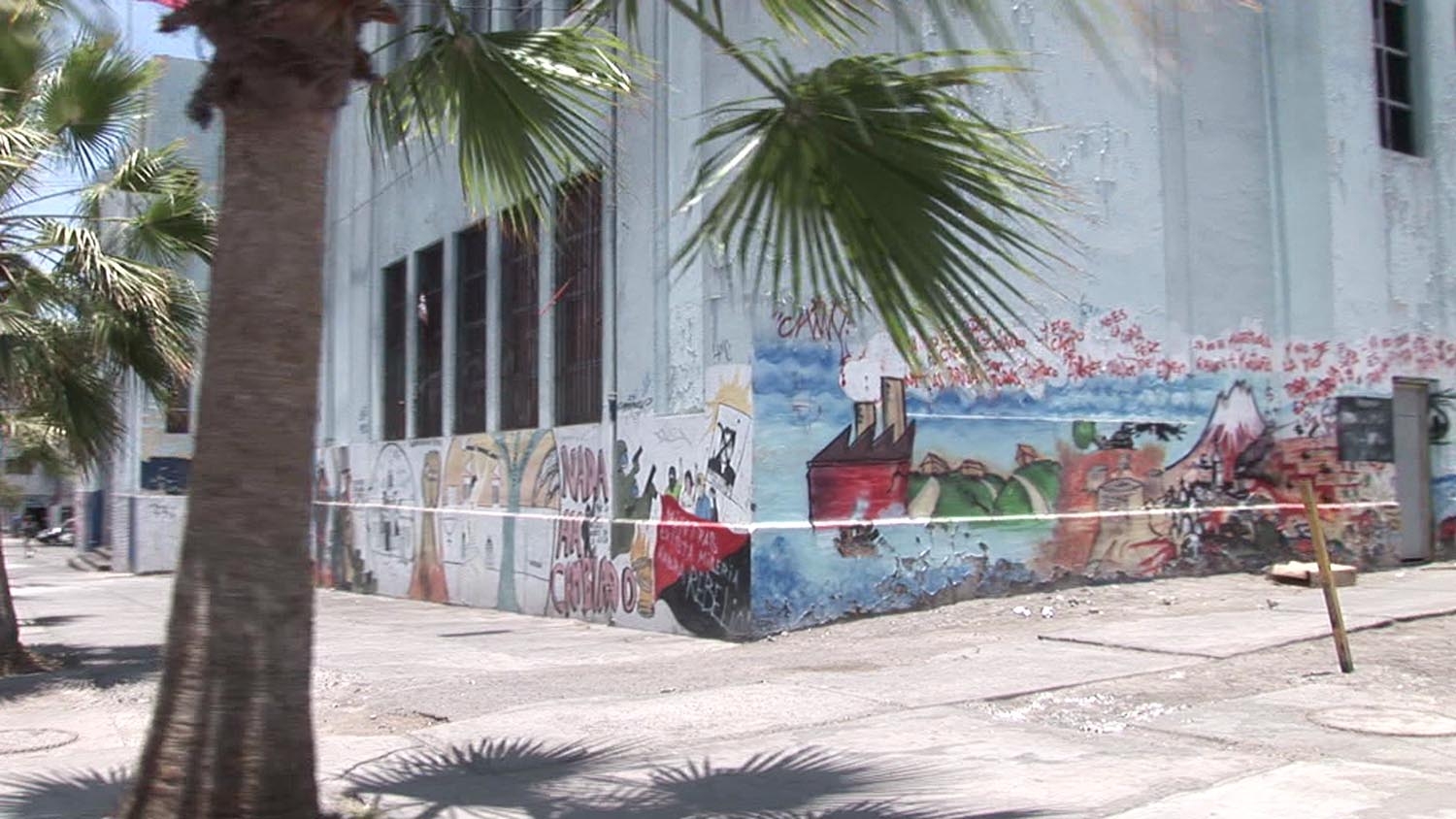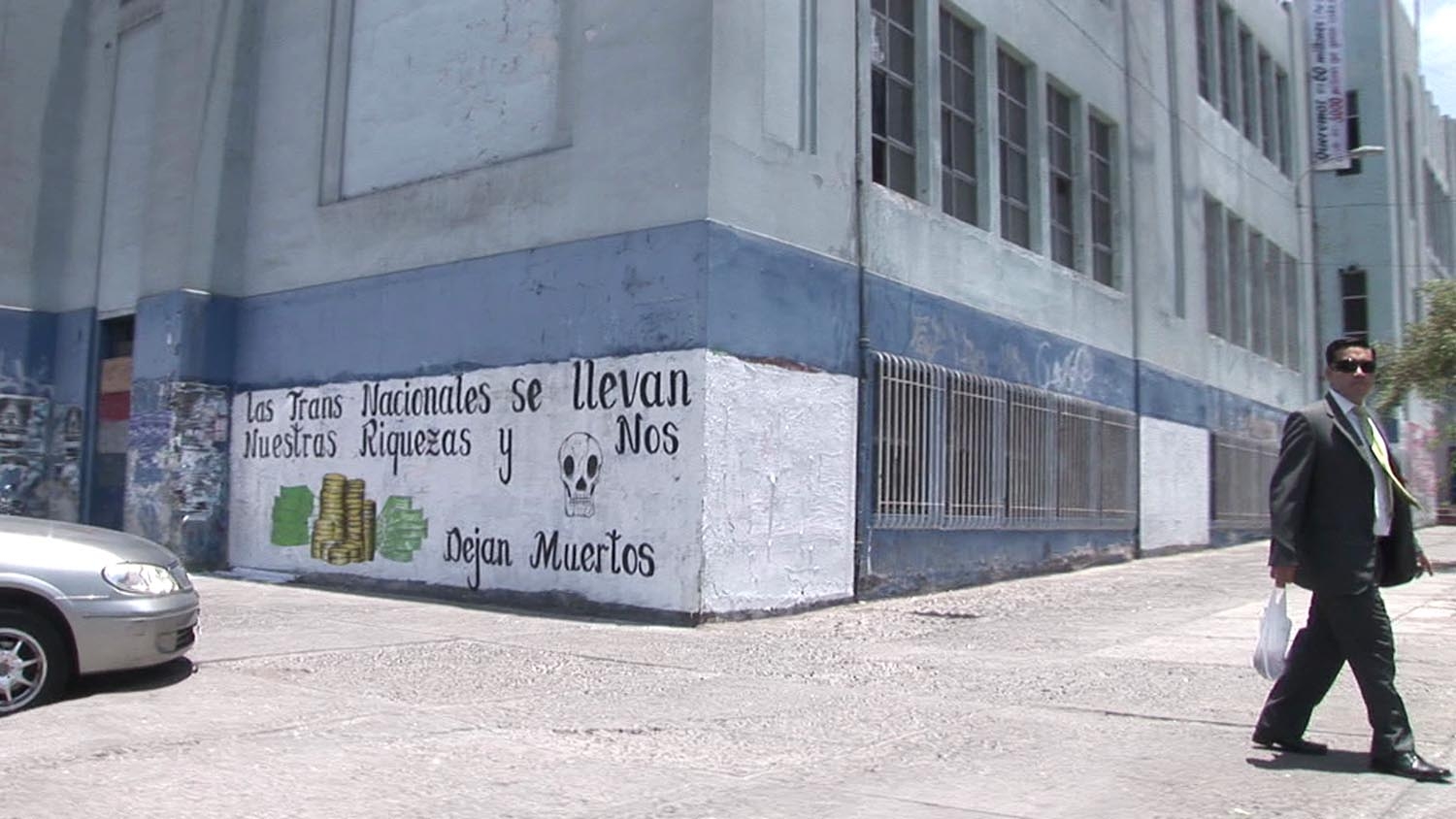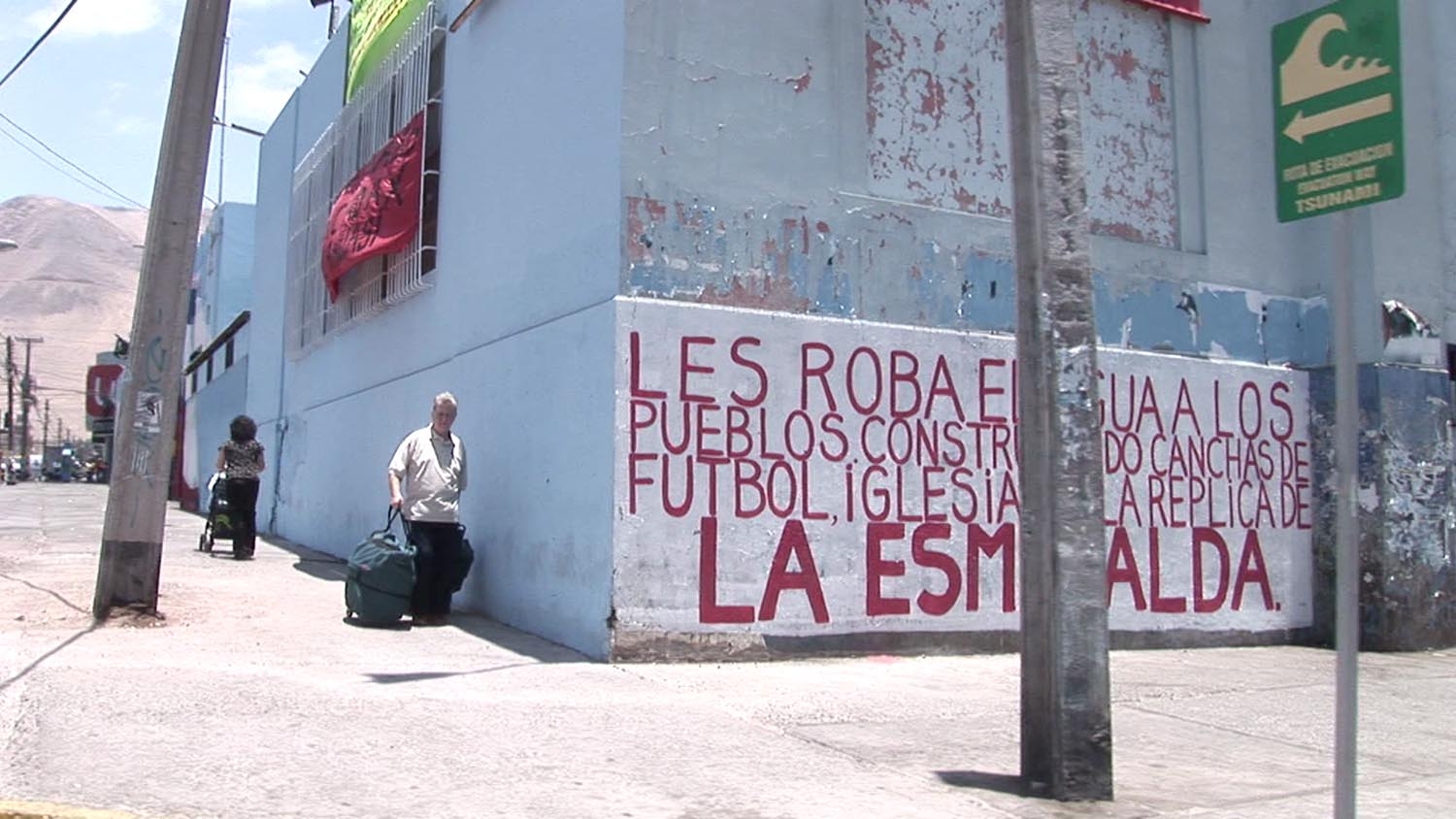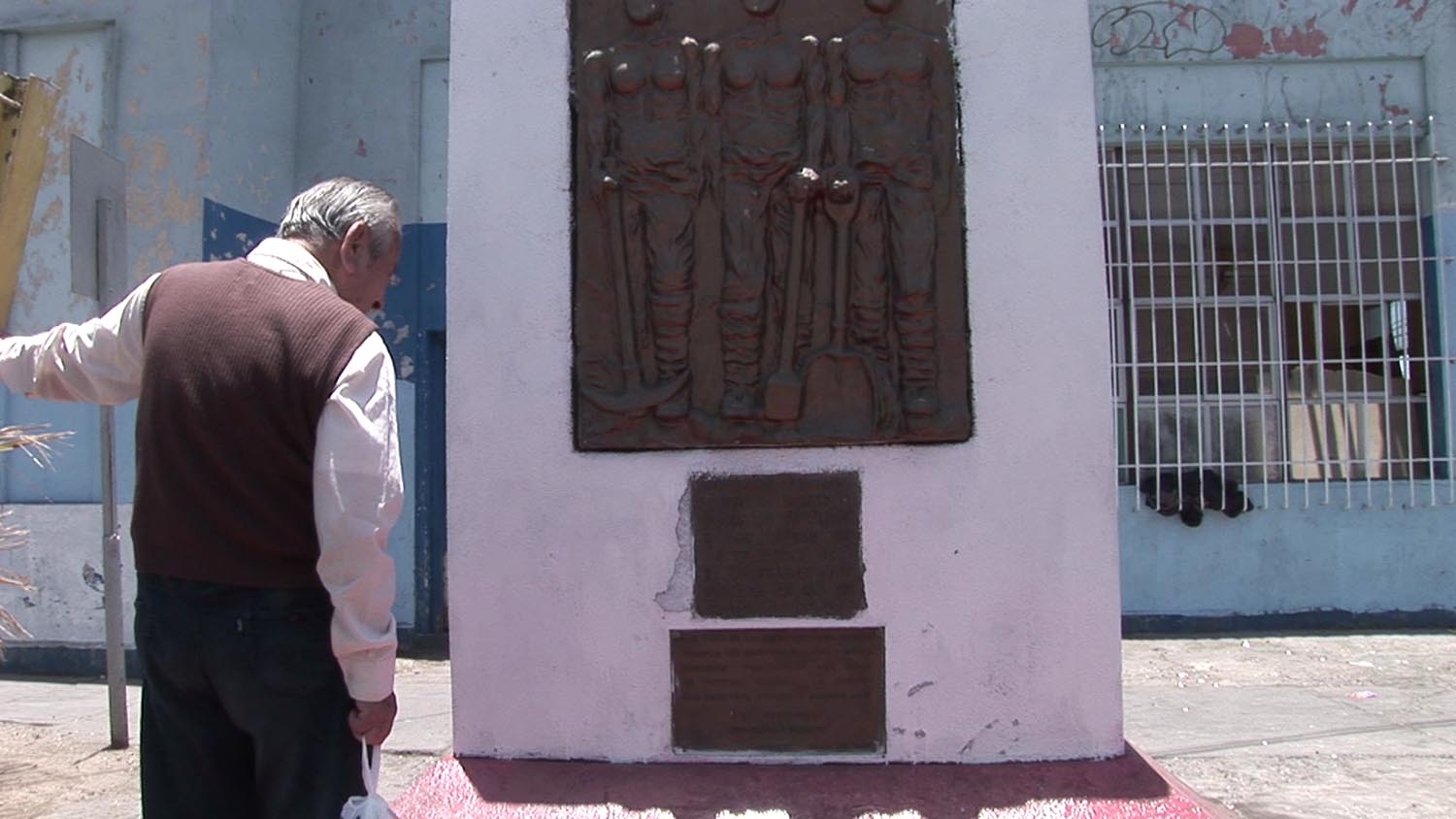REPRESENTATION OF LABOUR [2]
Artist/Author: Xavier Ribas
In December 1907 thousands of nitrate workers walked down from the Atacama Desert to the port town of Iquique, hoping that their presence would encourage the Chilean authorities to find an agreement with the foreign nitrate producers that would improve their tough working and living conditions. After a few days of negotiations and in the face of the resilience of the workers, and the intransigence of the nitrate producers in complicity with the Chilean authorities, the army was called in. The workers and their families were rounded up in the school of Santa María in Iquique, opposite the central market. They refused to call an end to the strike and on the 21st of December 1907 more than three hundred people were massacred by the army. This was to become a foundational moment of the modern Chilean labour movement.
Only a few photographic images have survived of the events leading to the shooting. They are reproductions of reproductions of reproductions of the original photographs, believed to have been taken by the consul of the United States in Iquique, Edward Muecke. Neither the negatives nor the original prints ever found, the figures visible in these images are just discernible, an ever-vanishing trace of crowds of men marching, panama hats on, army officials on horses, flags and banners, the school's front façade and the circus tent opposite, moments before the shooting. These reproductions have passed on from publication to publication, fading as if they were oral memories.
The double video projection records the life on the streets around the site where the event took place over a hundred years ago. The original school burned down in the 1930s, but was replaced by a new concrete building, which at the time of filming in December 2010 was due for demolition in the following weeks. For decades, the abandoned school building had been a site of memory for the labour movement and the Chilean left. Workers and students demonstrated and held meetings there, and even occupied the school on many occasions. The graffiti written on the external walls of the building and the banners left there from demonstrations bore witness to the enormous political significance of this site. In the week just previous to our filming the building had been taken over by copper workers from the mine of Chuquicamata, some 200 km away from Iquique. The video registers the everyday life on both sides of the street around the school, days before its demolition, recording at the same time the last political graffiti written on its external walls. The double images are a record of a site of memory about to disappear.
The title of the video, I write Your Names on my City Walls, refers to lyrics sung by the Chilean Sebastián Acevedo Movement in demonstrations against torture and in support for human rights victims, during the 1980s and early 1990s.


